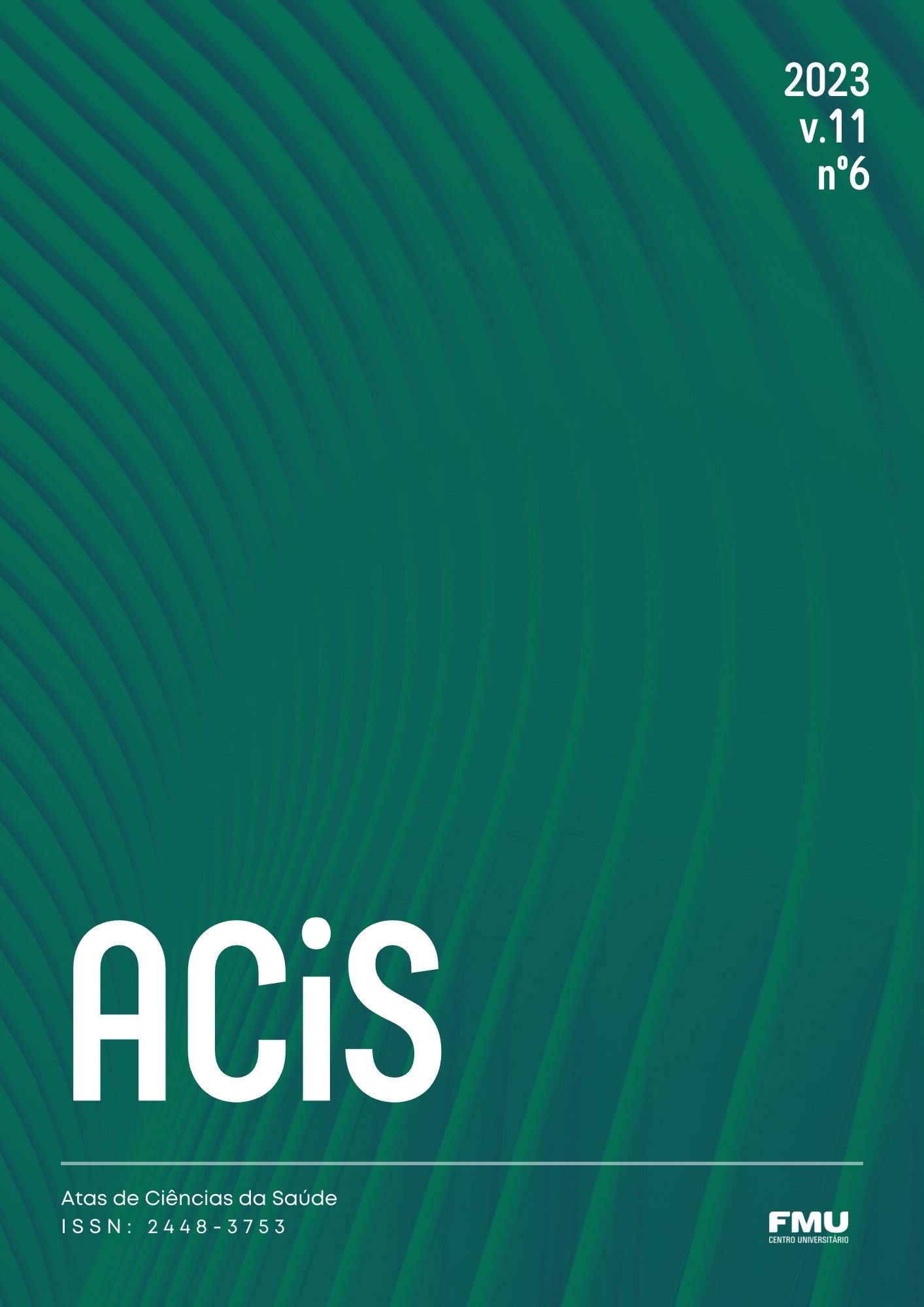Fator de imunogenicidade e intervalo entre aplicações da toxina botulínica tipo A
Immunogenicity factor and interval between botulinum toxin TYPE A injections
Abstract
Botulinum toxin (BT) is produced by the anaerobic bacterium Clostridium
botulinum. TB can induce the formation of antibodies, reducing the duration of its effect or
even preventing its action, resulting in permanent ineffectiveness, also known as the
"vaccine effect". Serotype A is the most used in aesthetic treatments today, its clinical
response and the duration of the effect occur individually, as they depend on several factors,
such as dose concentration, interval between applications, formulations, previous exposure,
among others. The present work sought to elucidate the immunogenicity factors of botulinum
toxin type A (TBA) and to evidence the scientific findings about the intervals of its application.
Methods: 122 articles were found in the electronic database Medical Literature Analysis and
Retrieval Sistem Online, using the search term in English “botulinum toxin A facial lines”.
However, 7 articles were selected that evaluated the presence of antibodies after the
application or repetition of TBA during some cycles for the treatment of facial lines. Final
considerations: TBA proves to be effective and safe when used in recommended
concentrations and periods. However, the present work highlights the scarcity of data on its
use of TBA in smaller intervals and its possible correlation with the induction of the formation
of neutralizing antibodies.
Downloads
Published
Issue
Section
License
Copyright (c) 2023 Bruna Naiara Dos Santos, Márcia Robalo Mafra, Renata Ruoco Loureiro

This work is licensed under a Creative Commons Attribution-NonCommercial 4.0 International License.
Autores que publicam nesta revista concordam com os seguintes termos:
- Autores mantém os direitos autorais e concedem à revista o direito de primeira publicação, com o trabalho simultaneamente licenciado sob a Licença Creative Commons Attribution que permite o compartilhamento do trabalho com reconhecimento da autoria e publicação inicial nesta revista.
- Autores têm autorização para assumir contratos adicionais separadamente, para distribuição não-exclusiva da versão do trabalho publicada nesta revista (ex.: publicar em repositório institucional ou como capítulo de livro), com reconhecimento de autoria e publicação inicial nesta revista.
- Autores têm permissão e são estimulados a publicar e distribuir seu trabalho online (ex.: em repositórios institucionais ou na sua página pessoal) a qualquer ponto antes ou durante o processo editorial, já que isso pode gerar alterações produtivas, bem como aumentar o impacto e a citação do trabalho publicado (Veja O Efeito do Acesso Livre).





